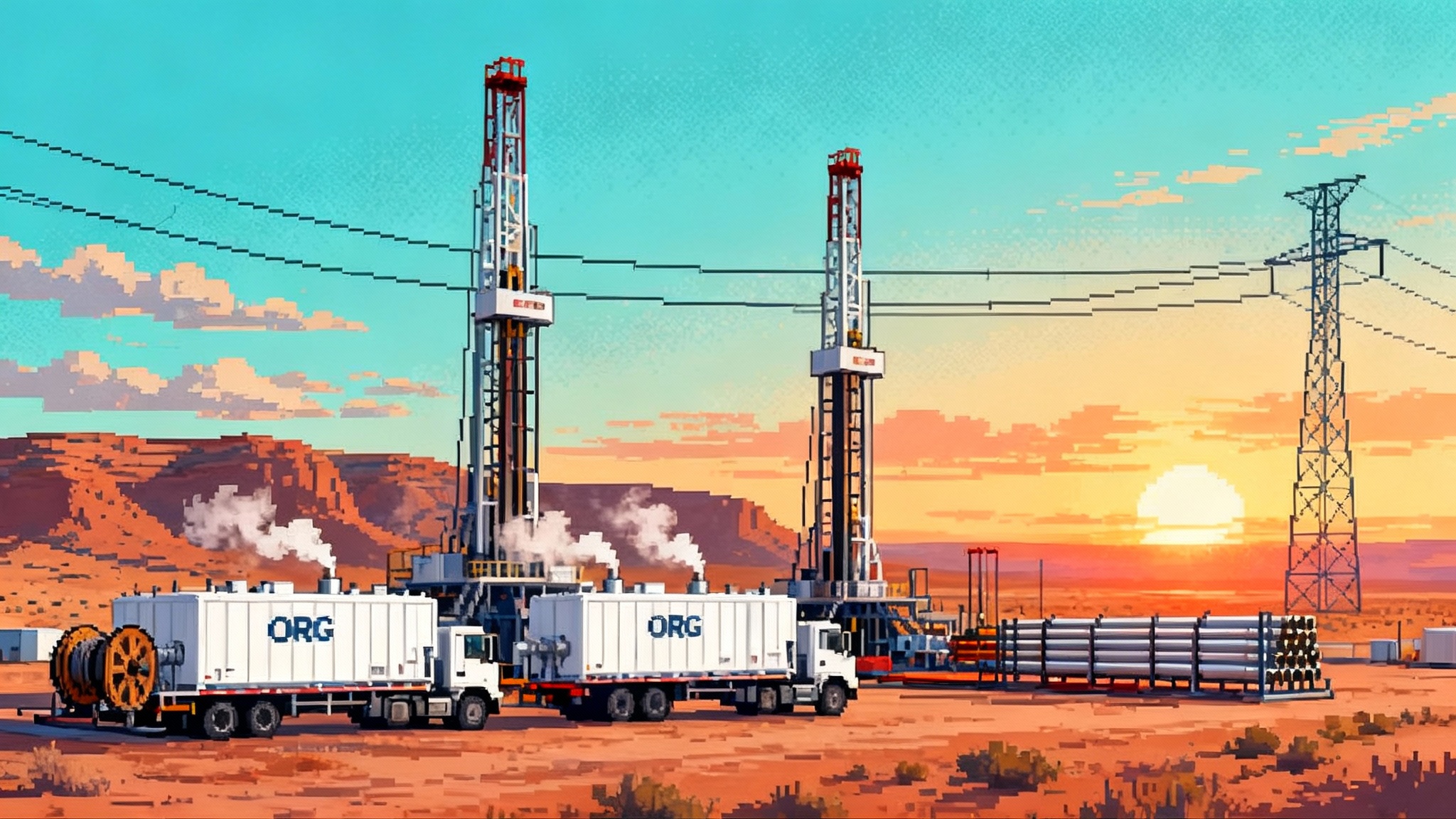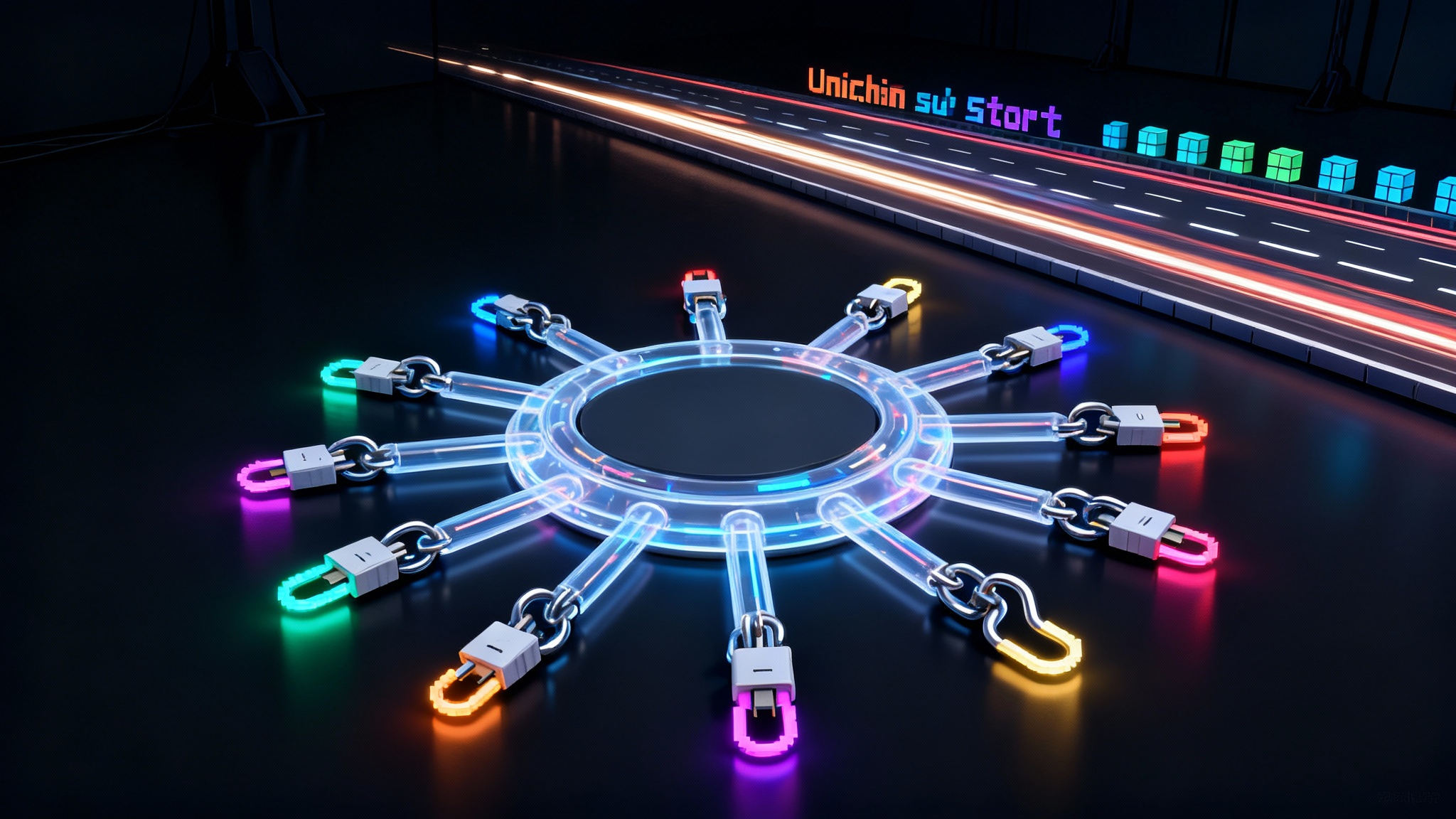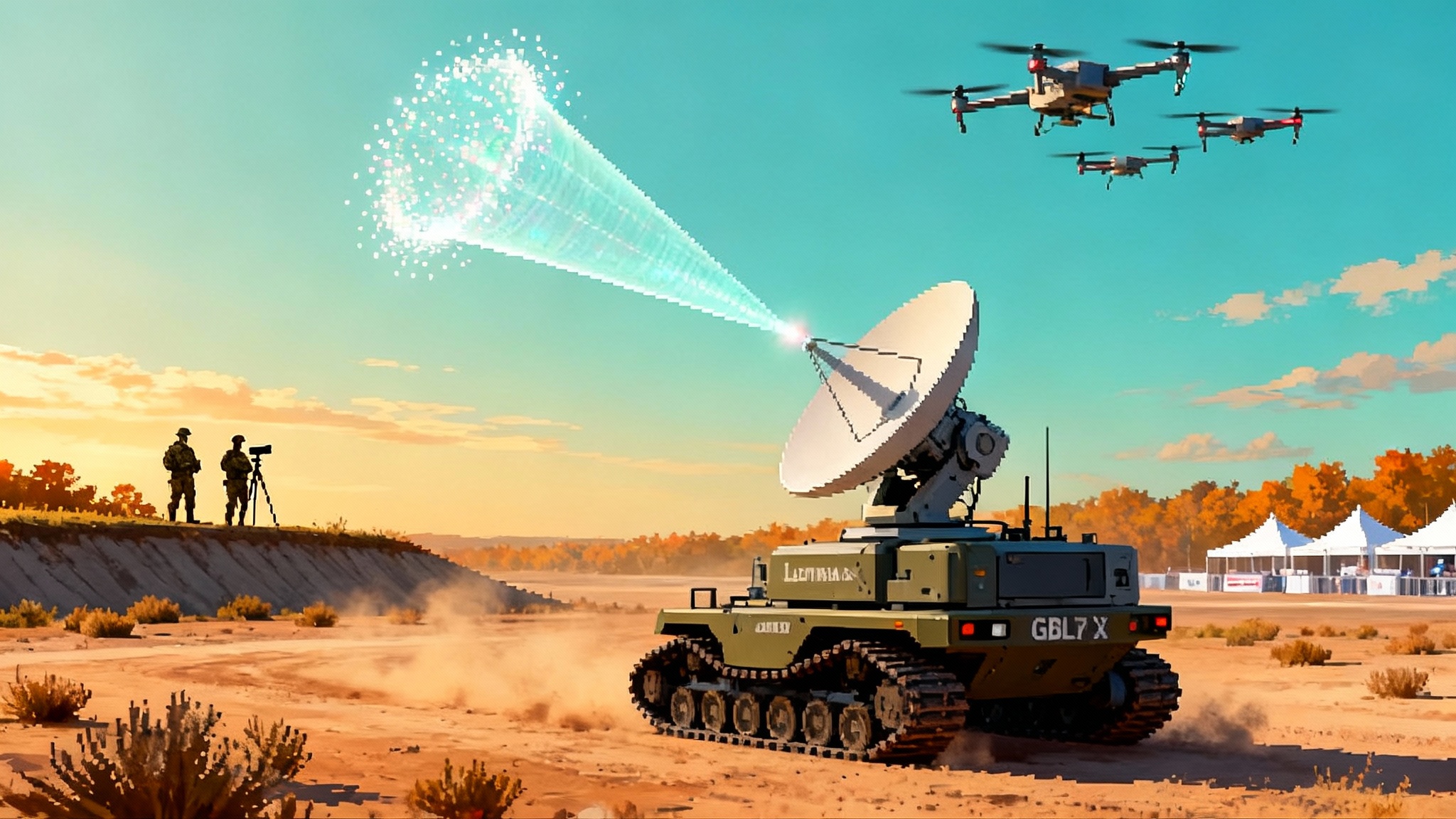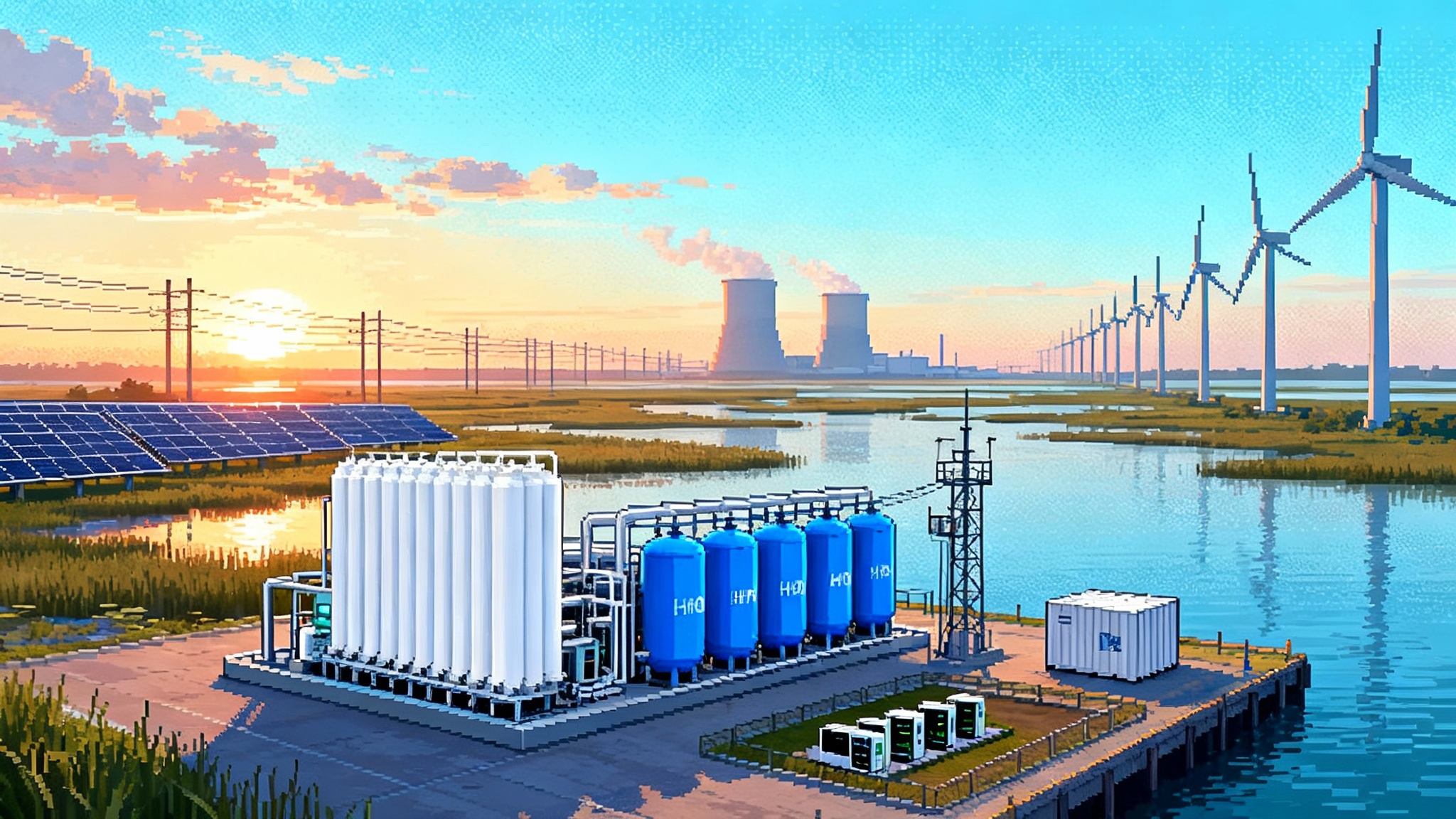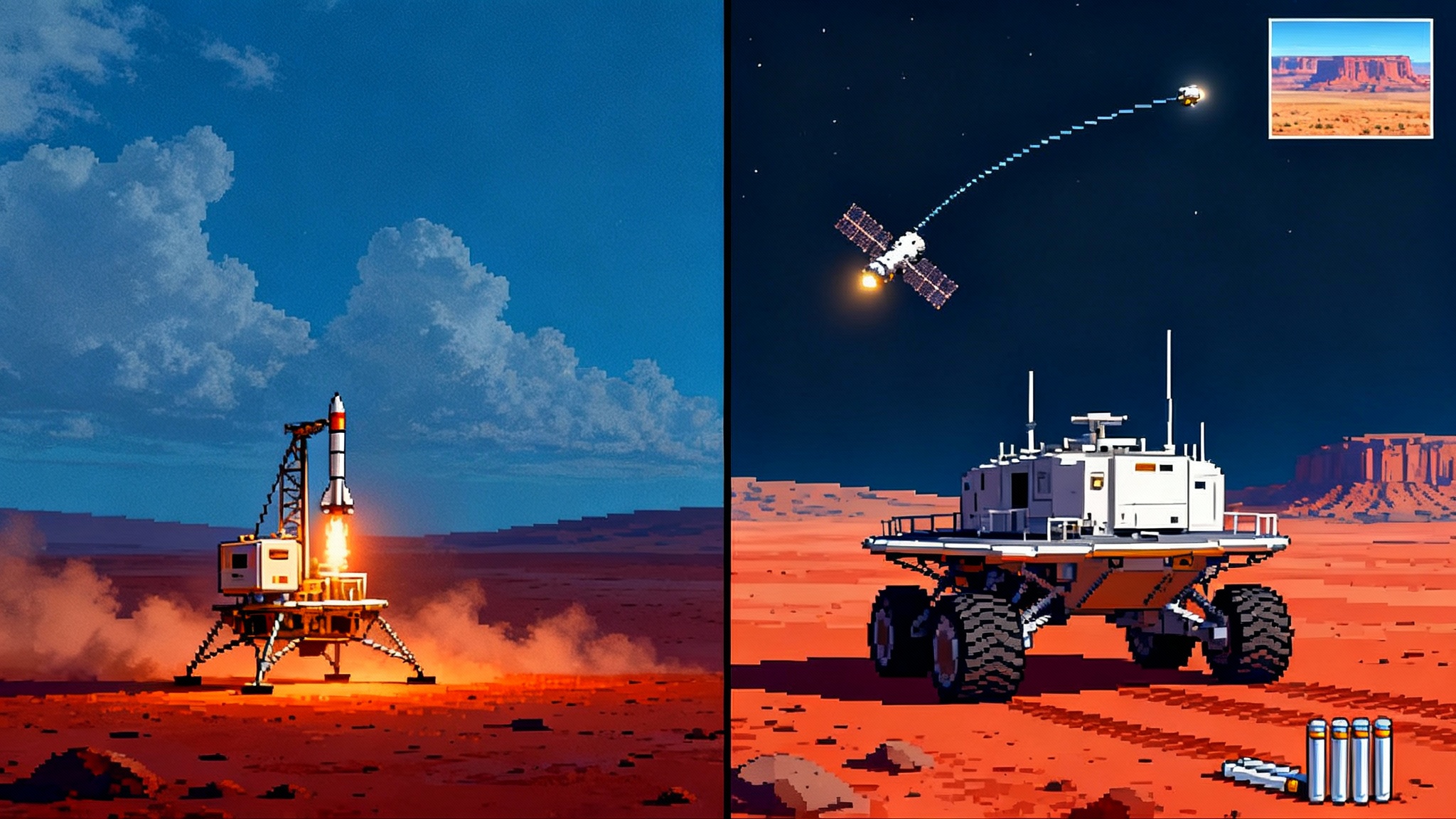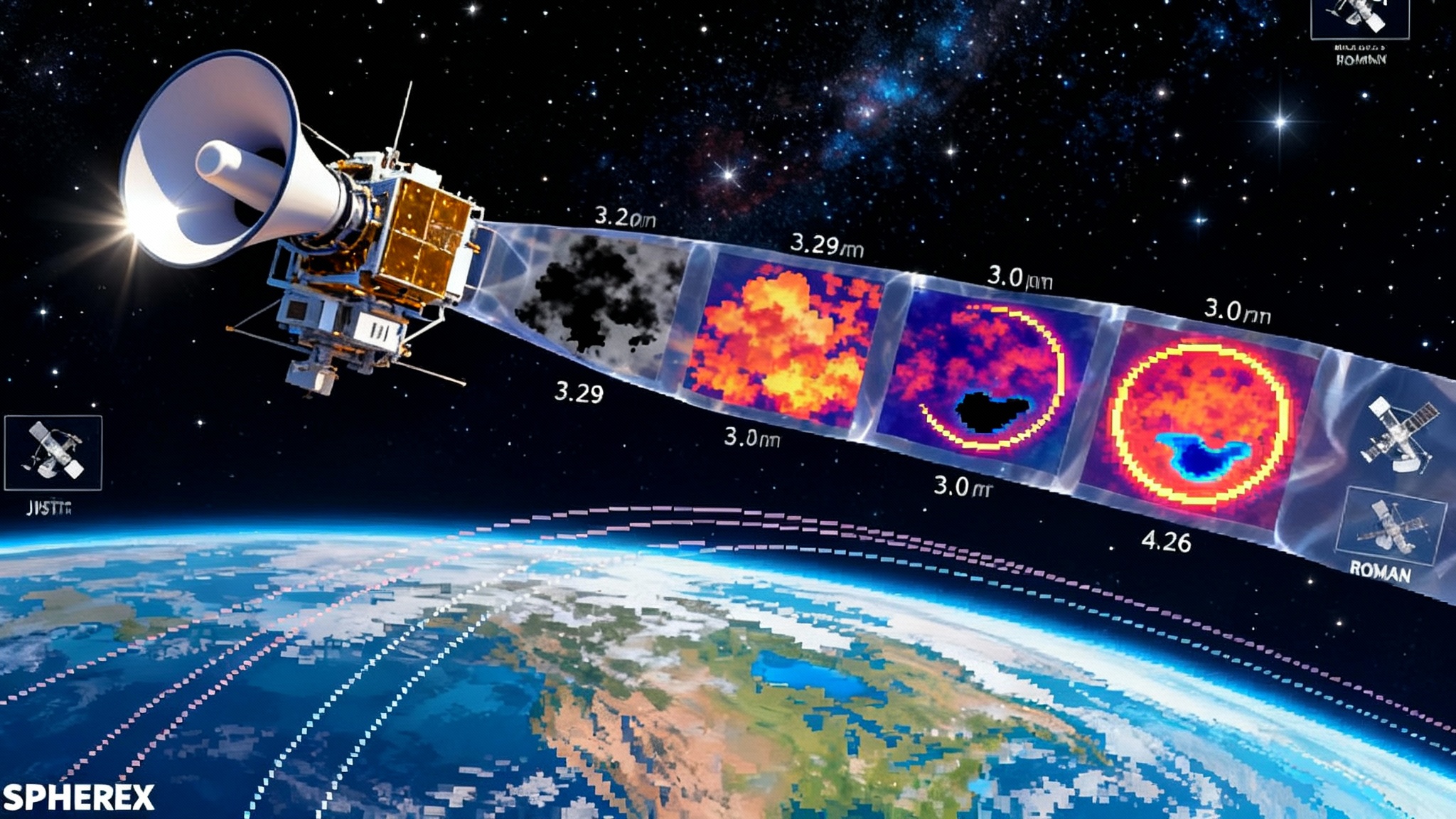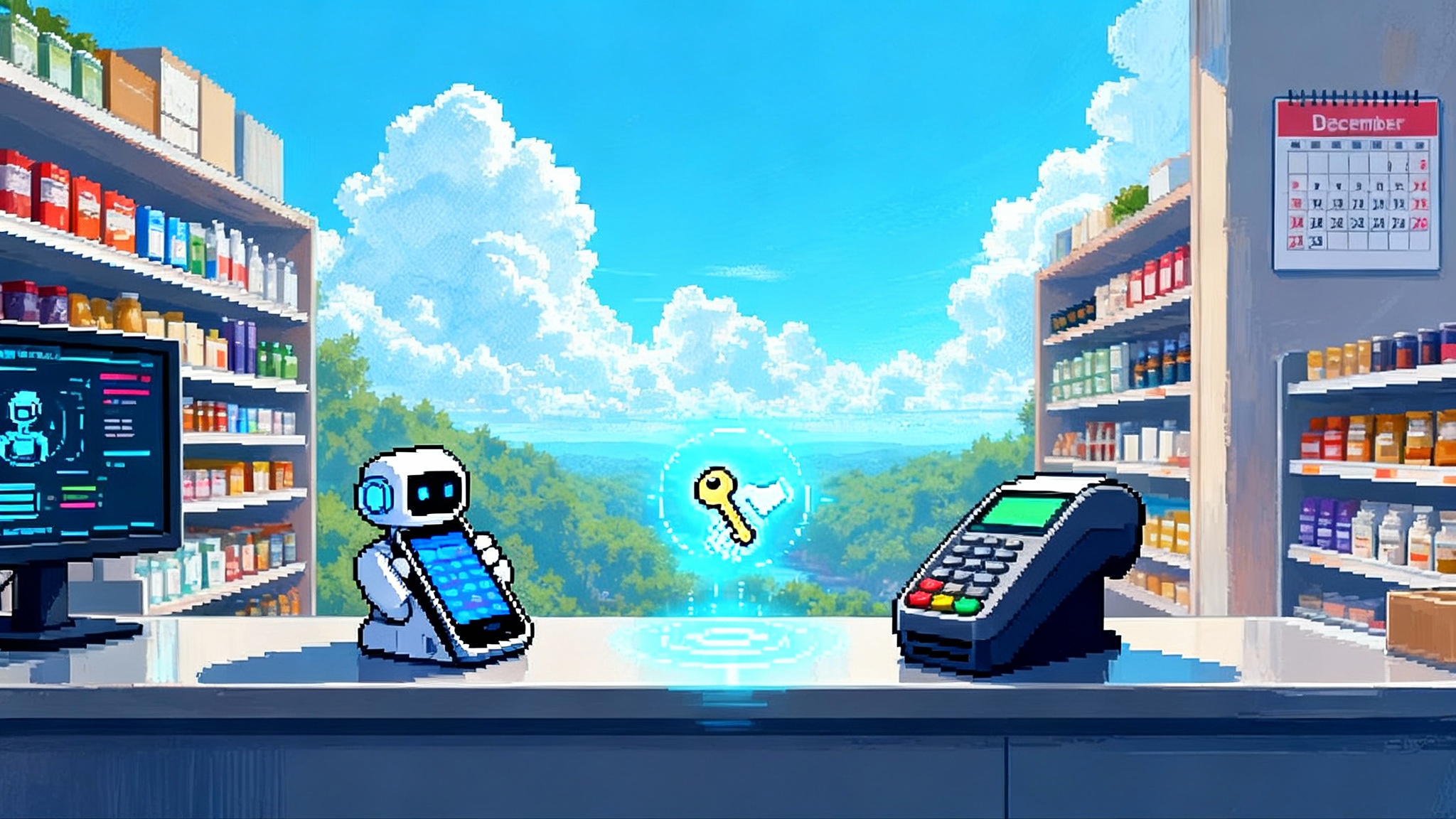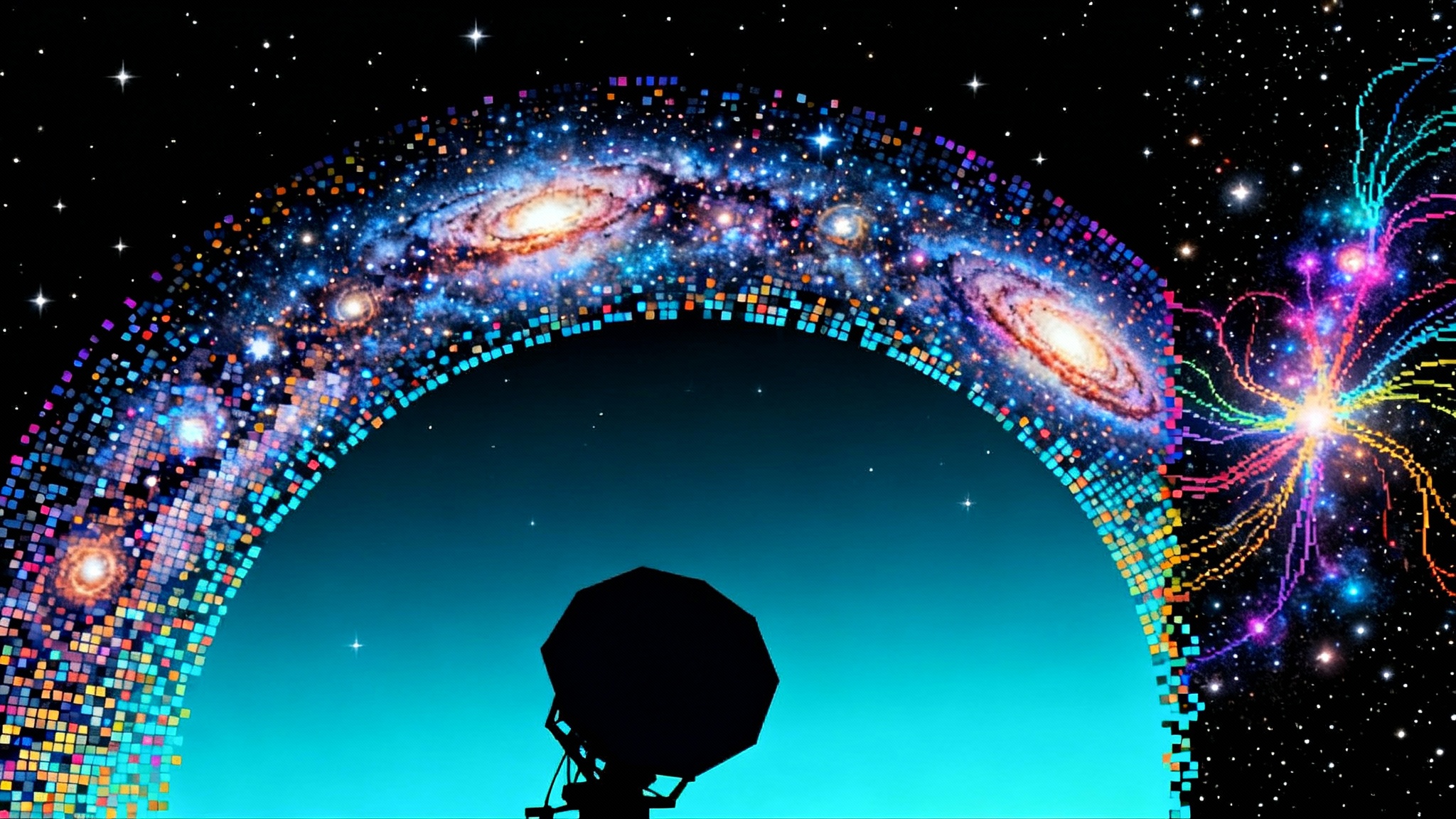Relaying what matters next.
The Relay is a new media project dedicated to covering slightly futuristic domains such as artificial intelligence, space exploration, longevity science, crypto and blockchain, advanced biology, and defense technologies. Our mission is to capture the signals of tomorrow and relay them forward with clarity, depth, and context.
What's happening today?
Enhanced Geothermal Goes Big: Cape Station’s 500 MW Moment
Fervo Energy has upsized Cape Station in Utah to 500 megawatts with real offtakes, named equipment, and first power set for 2026. Here is why engineered geothermal just moved into the firm, bankable core of the Western grid.
Uniswap v4 Hooks Are Live: From DEX to Liquidity OS
Uniswap v4 turns pools into programmable engines with hooks that enable dynamic fees, MEV defenses, and on-chain limit orders. Here is what changed on January 31, 2025, how Unichain fits in, and the patterns builders and wallets should adopt now.
From Lasers to Microwaves: Leonidas Fells 49-Drone Swarm
Epirus’ Leonidas high‑power microwave system neutralized 49 drones in one pulse and 61 of 61 targets overall on August 26, 2025. At AUSA 2025, a robotic variant arrived, signaling a shift from demonstrations to doctrine.
AgentKit and ChatGPT Apps: OpenAI’s Agent Platform Moment
OpenAI collapsed the agent stack into one toolkit and opened distribution inside ChatGPT. Here is what AgentKit and the Apps SDK change, who benefits, and a 90 day plan to ship a production agent without lock in.
Polygon’s POL Switch Is On as Coinbase Auto-Swaps MATIC
From October 14 to 17, Coinbase is auto-converting MATIC to POL, marking Polygon’s switch to Polygon 2.0. Here is why POL is more than a ticker change and what users, builders, and validators should do now.
45V’s Final Rules Reset Where America Builds Clean Hydrogen
Treasury’s January 2025 rulebook for Section 45V makes the three pillars real. Incrementality, deliverability, and hourly matching by 2030 will shape where electrolyzers get built, how PPAs and certificates are written, and which hubs and industries scale first.
MSR 2.0: NASA’s two-track race to bring Mars samples home
In 2025 NASA split Mars Sample Return into two competing designs to cut cost and time. Here’s how the heritage sky-crane path stacks up against industry heavy-lift options, what Europe’s orbiter contributes, and the milestones to watch before the 2026 downselect.
SPHEREx begins a 102‑color map of the entire sky, live
NASA’s SPHEREx has entered routine science, scanning the entire sky in 102 infrared colors and refreshing the atlas twice a year. Here is how this live, spectrum-rich map will accelerate discoveries from water-ice chemistry to cosmic inflation.
Visa’s Trusted Agent Protocol ignites agentic checkout
Visa’s new Trusted Agent Protocol lets merchants verify AI shopping agents at the edge. It promises safer, faster checkout, sharper fraud controls, and loyalty that redeems itself, with payment networks back in the driver’s seat.
Defiant’s Blue‑Water Debut and the Rise of Uncrewed Fleets
DARPA’s USX-1 Defiant just ran crewless blue-water trials, signaling a shift from one-off demos to scalable, modular uncrewed fleets. Here is what NOMARS unlocks, how costs change, and what to watch as the Navy moves to field.
After FDA Reversal, Aging Clocks Return to the Clinic
The FDA’s September 2025 pivot on LDT oversight is sending epigenetic and proteomic aging clocks back into hospitals. Here is what returns, where these tests fit first, and the validation guardrails that make them clinical tools.
Fusion’s real start date: DOE’s roadmap and sprint
On October 14, 2025, the Department of Energy unveiled a fusion roadmap that puts dates on paper. With an NRC licensing framework pending, new public funding, hyperscaler offtakes, and magnet supply chain buildout, the next 24 to 36 months will determine how fast pilot plants reach the grid.
Euclid’s 2025 releases reboot the dark universe timeline
March’s public Q1 data and September’s Flagship simulations moved Euclid from pretty pictures to industrial cosmology. Here is how AI, citizen science, and Roman will sharpen dark energy tests by 2026 to 2028.
MCP Wins: USB‑C Standard for AI Agents Becomes the Interop Layer
A wave of 2025 releases turned the Model Context Protocol into the common tool call layer for AI agents across operating systems, clouds, and model platforms. Here is why demos just became deployable products and how to pivot now.
After GENIUS, Banks Race to Mint the Compliant Digital Dollar
The United States GENIUS Act, signed on July 18, 2025, gave stablecoins a national rulebook. By October, major banks were prototyping G7-pegged tokens. Here is who wins and loses, how payments and yields realign, and a builder playbook for the next 18 months.
The Browser Is the New API: Gemini 2.5 Rewrites Agents
On October 7, 2025, Google launched Gemini 2.5 Computer Use in AI Studio and Vertex, bringing first class browser automation to AI agents. Here is why the browser is becoming the new API and how it will reshape automation, testing, and SaaS design.
Klotho’s breakout: mRNA and gene therapy race to trials
In 2025, Klotho moved from lab curiosity to clinical contender. A lifespan-extending mouse study and XPRIZE Healthspan’s coordinated trial framework now position tunable mRNA to reach first-in-human testing as early as 2026.
LEO Kill Web Goes Live: SDA’s Constellation Rewires Defense
On September 10, 2025, the Space Development Agency began fielding its first operational constellation in low Earth orbit. Near-monthly launches now build a laser-linked backbone that compresses decision timelines and reshapes joint and allied missile defense.
